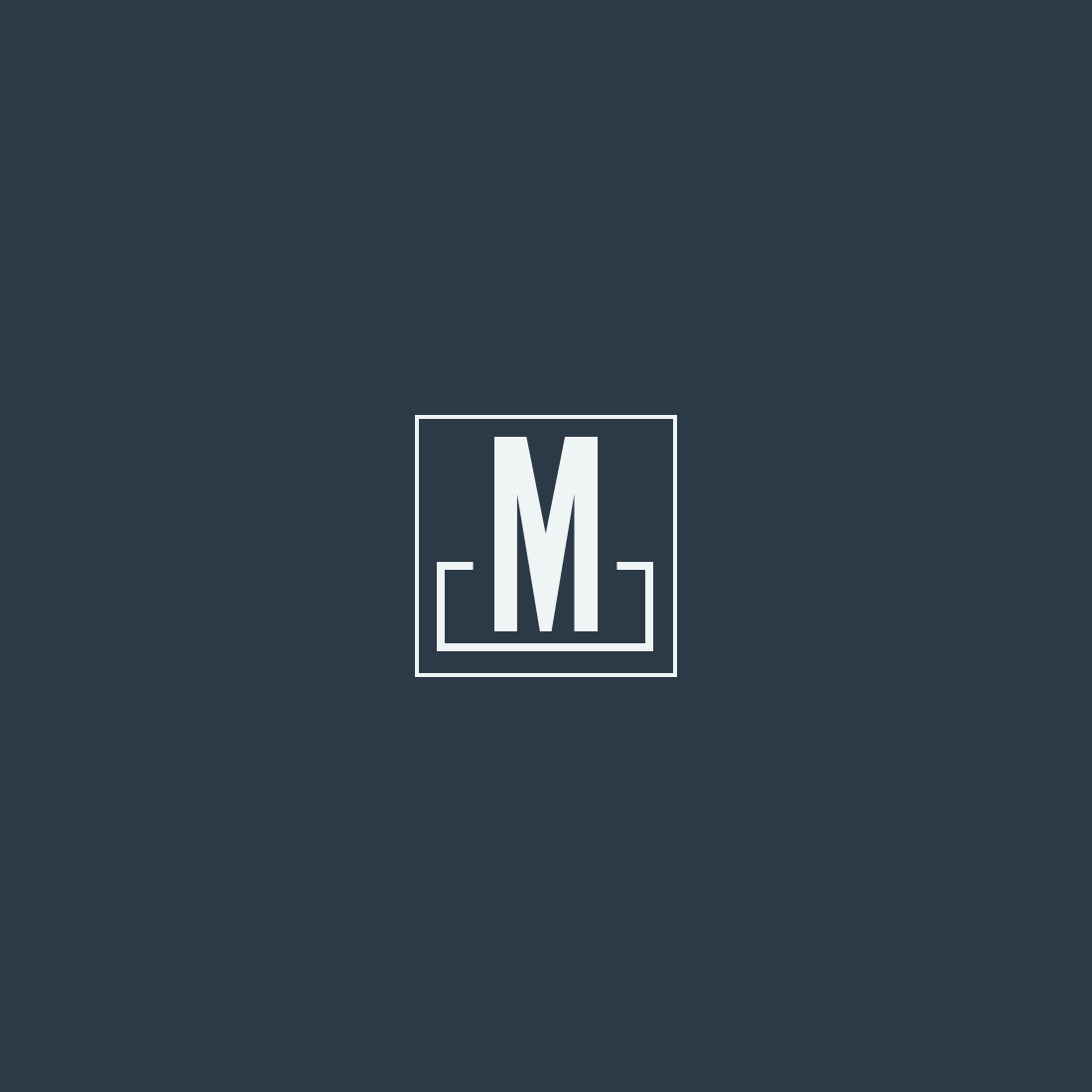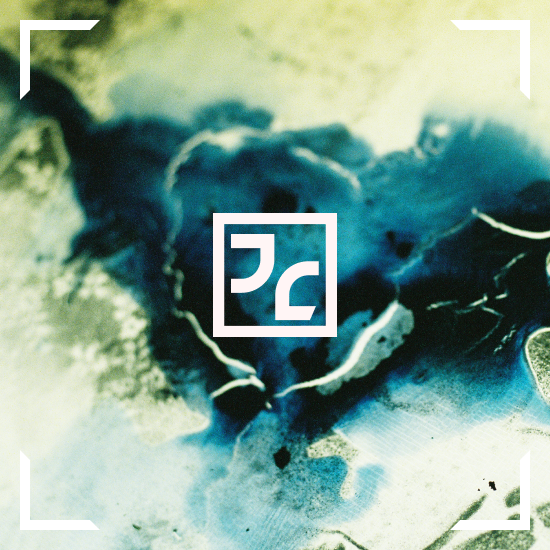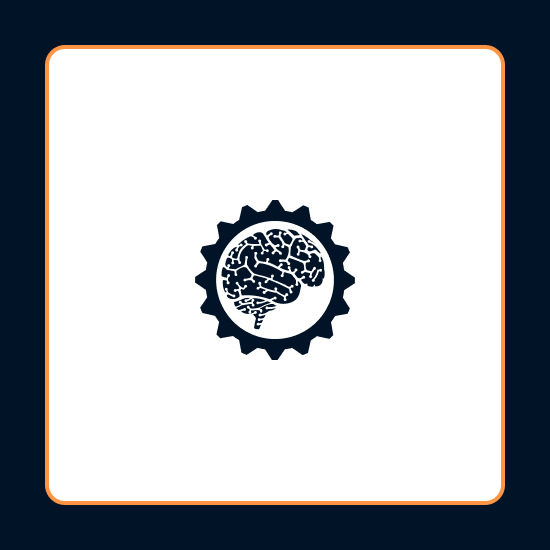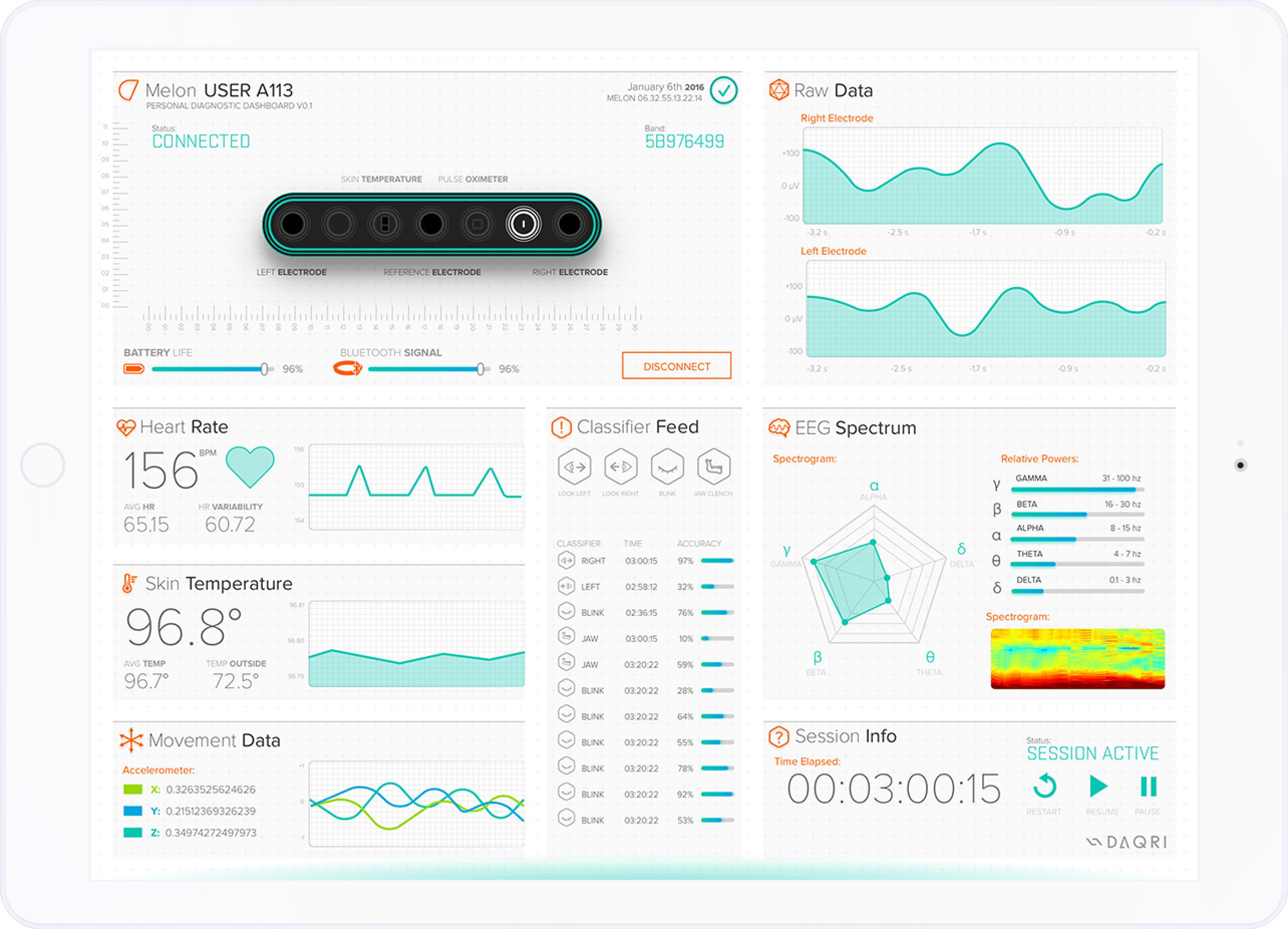
The Challenge
I was tasked with designing an engaging, novel experience for the Melon EEG headband to encourage continued use. The original use-case for the headband was passive tracking during activity, similar to a fitness wearable, but evolved to include active tracking to compete with apps like Lumosity.
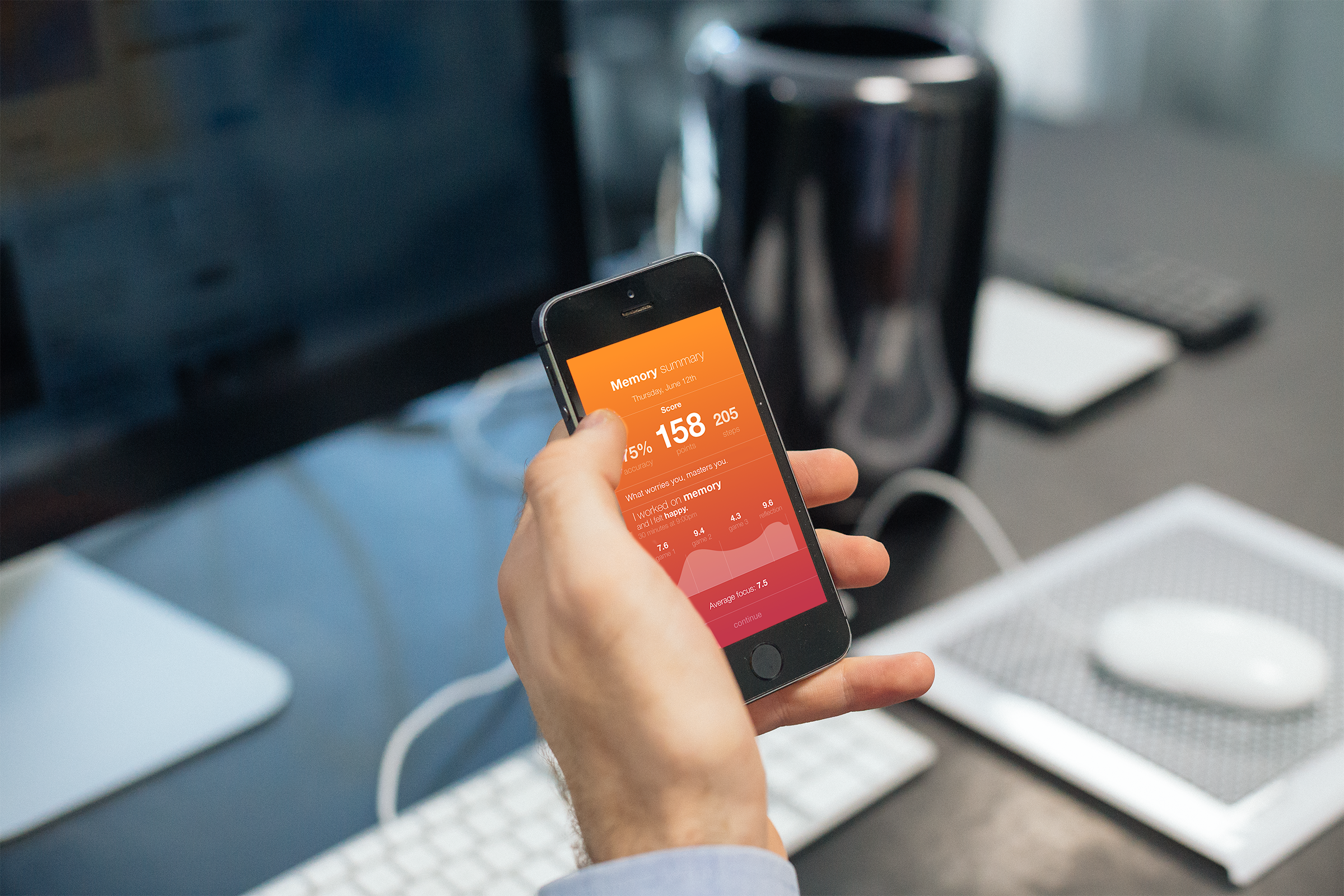
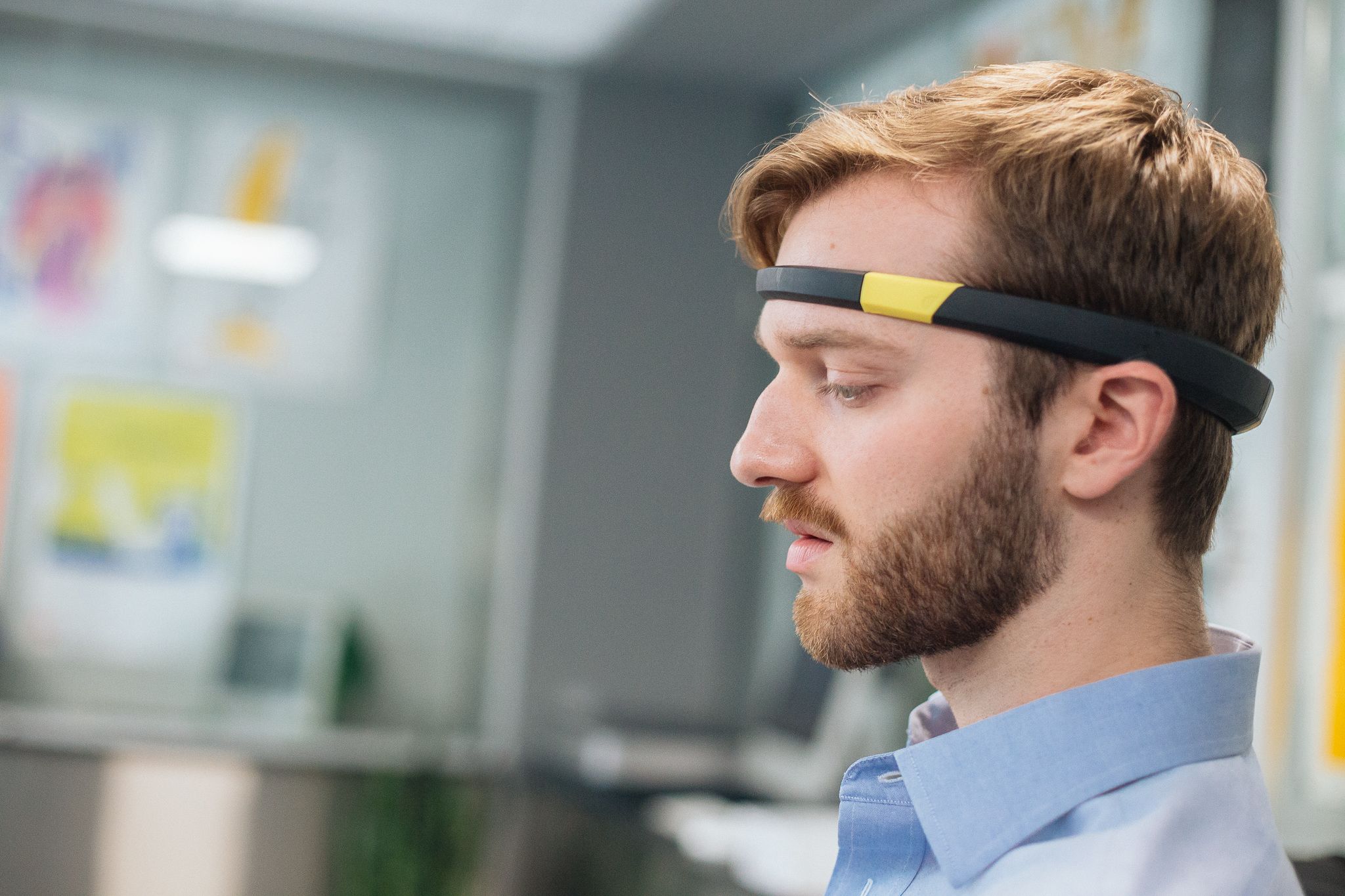
Defining Success
The core metric we were aiming for, beyond helping wearers understand and strengthen their focal attention, was time using the app and brainwave data collected. Despite the realtime focus algorithm being a mixture of EEG and EOG (eye-movement; a neural correlate inversely proportionate to focal attention), we were collecting useful brainwave data that we believed could be leveraged to discover novel patterns in focal attention.
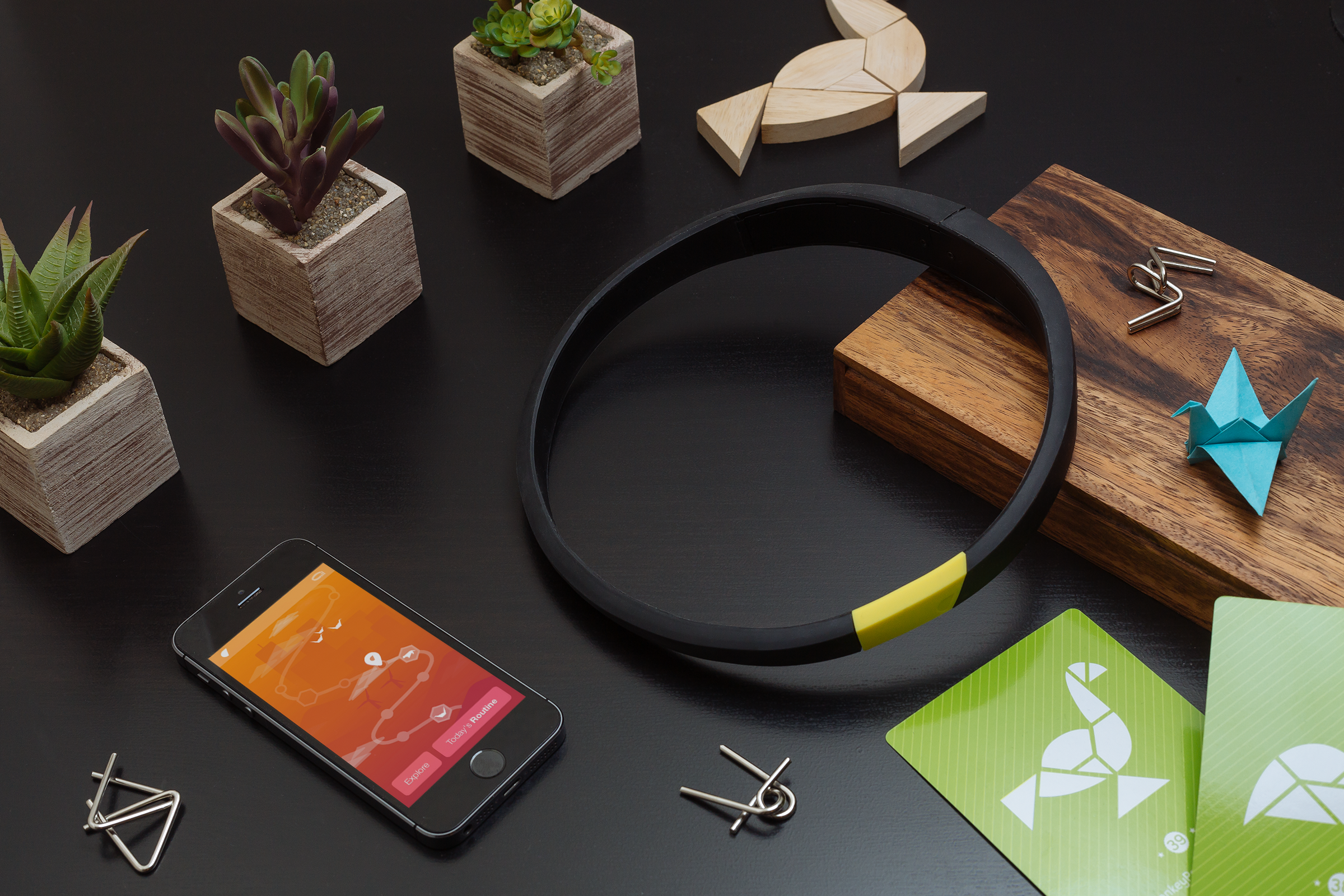
The Solution
To account for both passive and active tracking, I split our app into two parts: track and train.
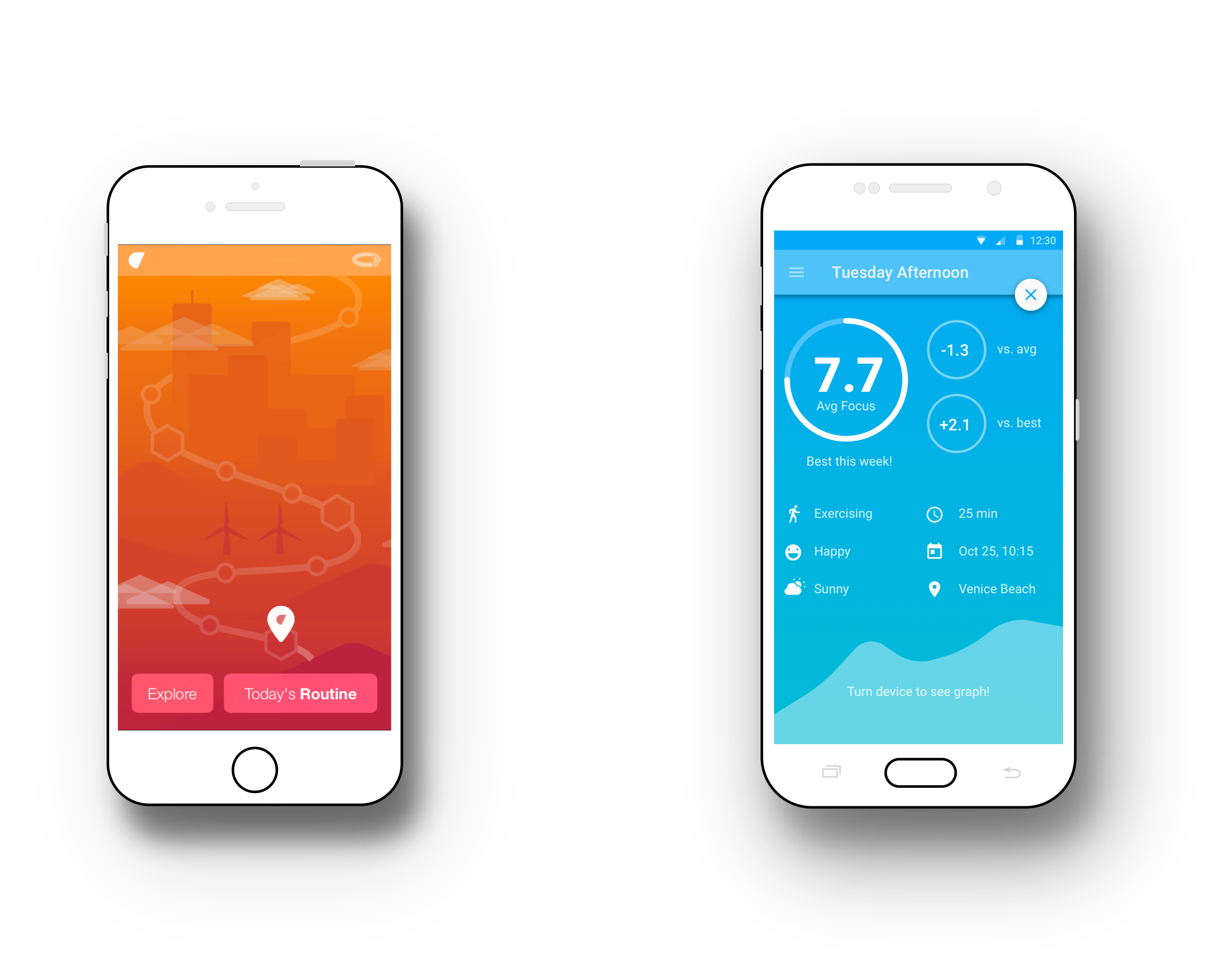
We began by creating the track feature, similar to a workout tracker, to passively track focus. By adding activities, mental states, and other variables, wearers could begin to find trends in their focal attention. For example, if I tracked my focus against my sleep, I could find trends that could help me optimize my sleep habits for better focus.
Train, on the other hand, was active tracking with the intention of sharpening focal attention. Building off the original gradient neurofeedback design from IDEO, I designed a minimal gameboard-style overworld to give headband users a sense of progress towards mastering mindfulness and used daily streaks to keep people engaged. Working with our in-house neuroscientist, I designed a series of minigames that provided enjoyment to players while collecting valuable brain-data for future research.
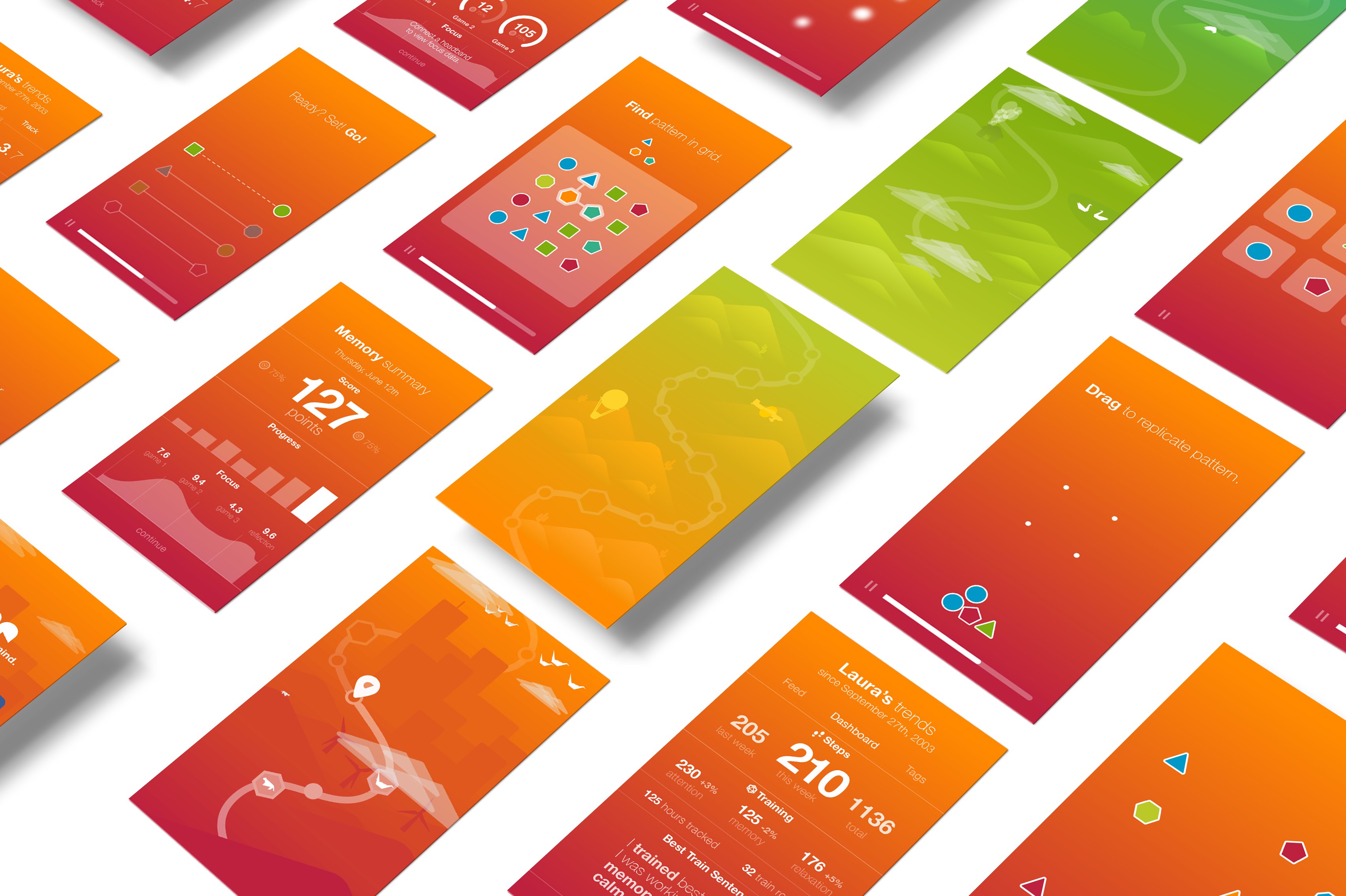
We eventually expanded the suite of apps to include internal testing, validation, and scientific studies. Before we were able to begin working on a second version of the app, Melon was acquired by DAQRI, an augmented reality company.
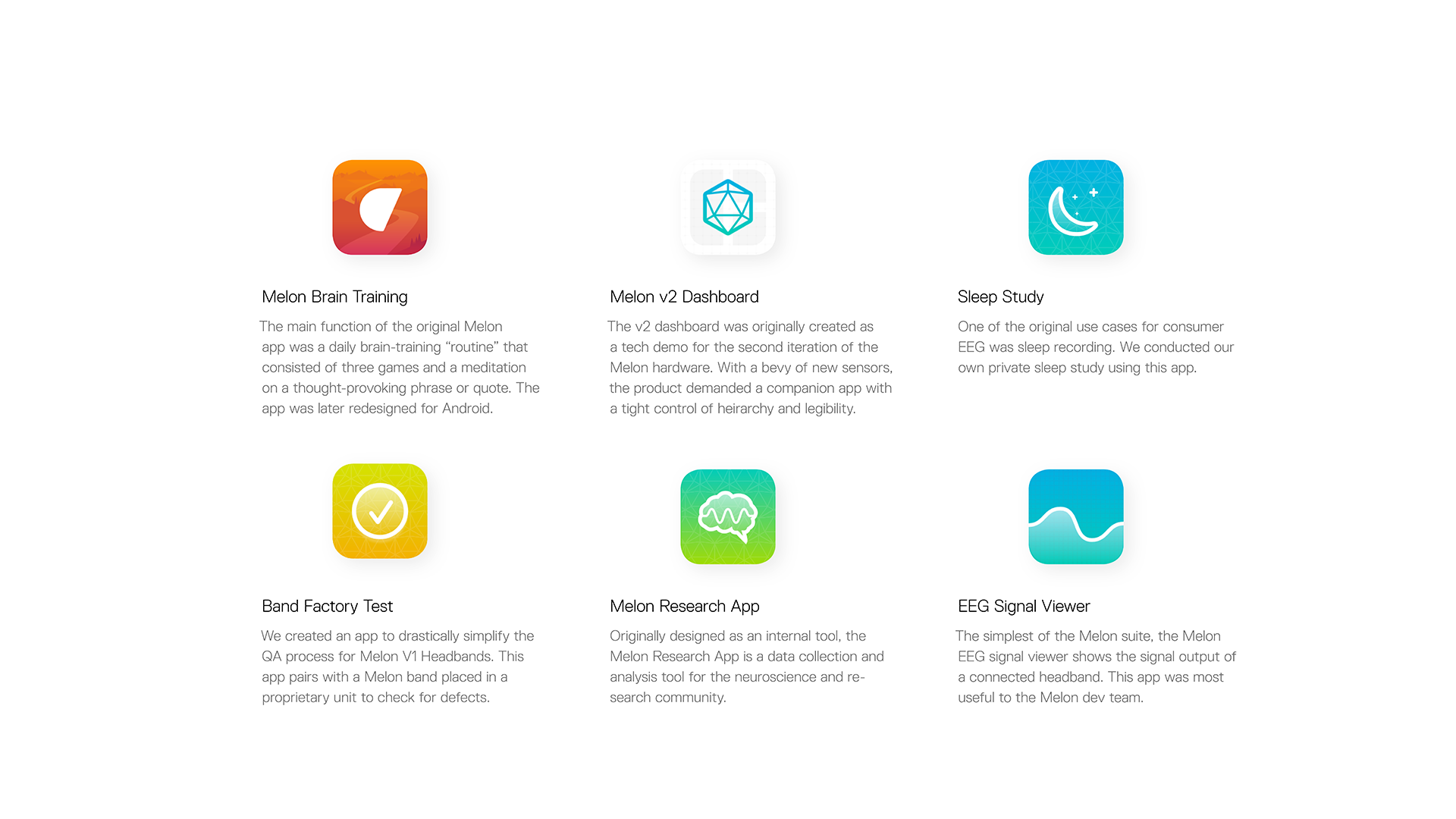
Lessons Learned
This might sound obvious in hindsight, but we quickly learned that focus means something different to everyone. Quantifying an abstract metric like focal attention immediately causes misconceptions about the output. If I were to sit down and write an essay with a "focus" of 10/10, you'd assume I'd finish it faster than if, say, it was a 3/10 (a sentiment shared by many of our backers). Needless to say that was not the case, and left buyers feeling disappointed.
The lesson here is that what you don't promise is equally if not more important than what you do. In the world of bleeding-edge tech, consumers are quick to assume your product will fix their problems. They want to believe, and that's a great thing. Use that power wisely and do your best to discover expectations about your product you might not have accounted for.
Over a decade later, the tech and biometric industries have matured significantly. Smartphones and watches have swallowed most of the tracking features that once required their own hardware, with the exception of brain sensing, and people are rightly skeptical of consumer tech.
I still believe even the most rudimentary and noisy of brainwave-sensing products can help people understand how their brain works and how to maintain focal attention through neurofeedback, but quantifying the ability to be productive in society remains elusive (as maybe it should).
Version 2 and Beyond
After Melon was acquired by DAQRI in 2015, I was once again tasked with creating an app, this time for an integrated, modular sensor to be used in everything from hard hats to headbands. As this was a more speculative endeavor, the goal was to entice potential partners with the wealth of data as much as it was to display a fully-formed product.
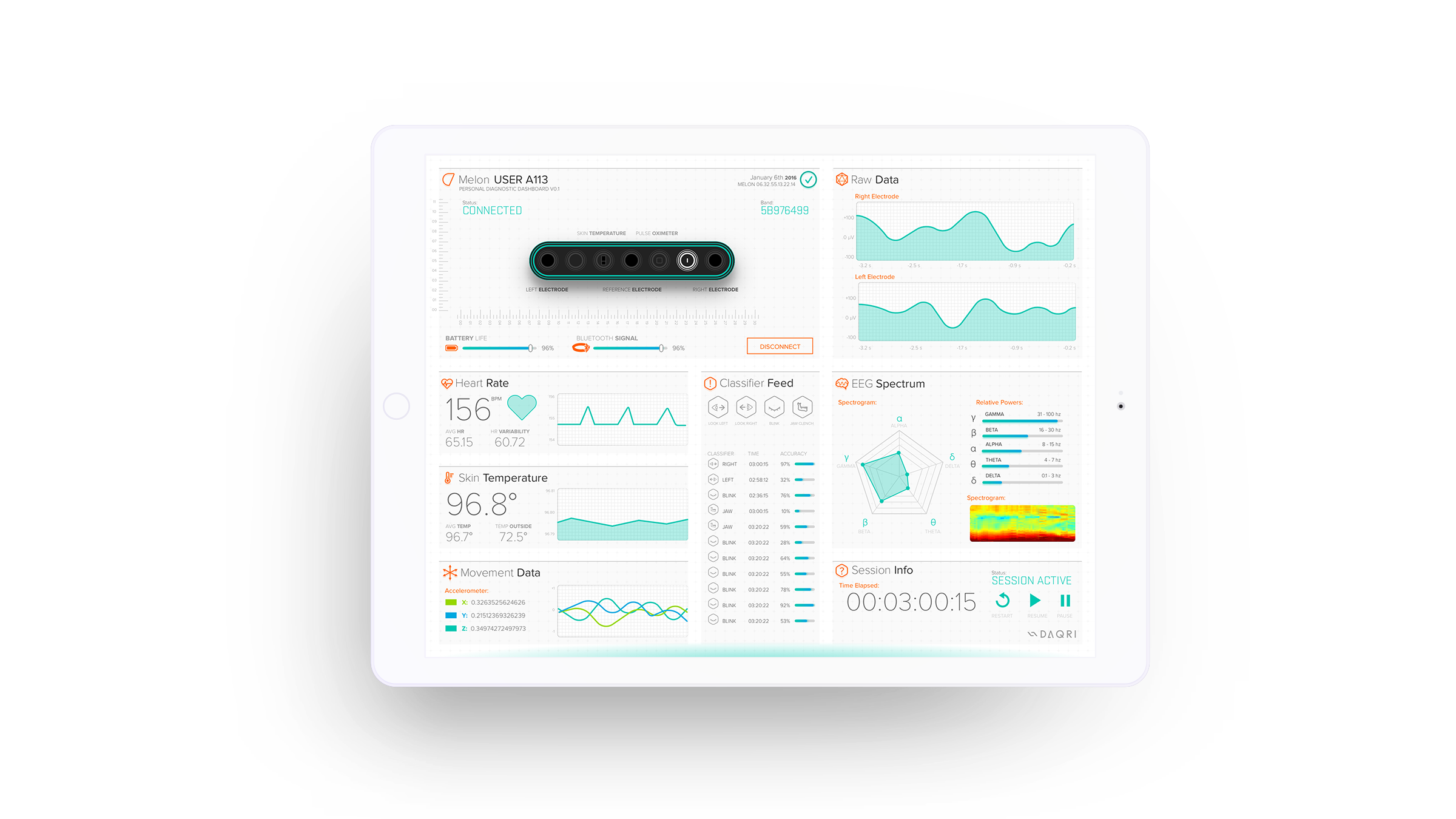
We worked with Pip Tompkin Studios to design the modular device and display, while I was tasked with creating the app for the demo. The futuristic dashboard became the focal point, flanked by LED-lit banners displaying the potential products, displaying real-time data previously recorded in the lab.
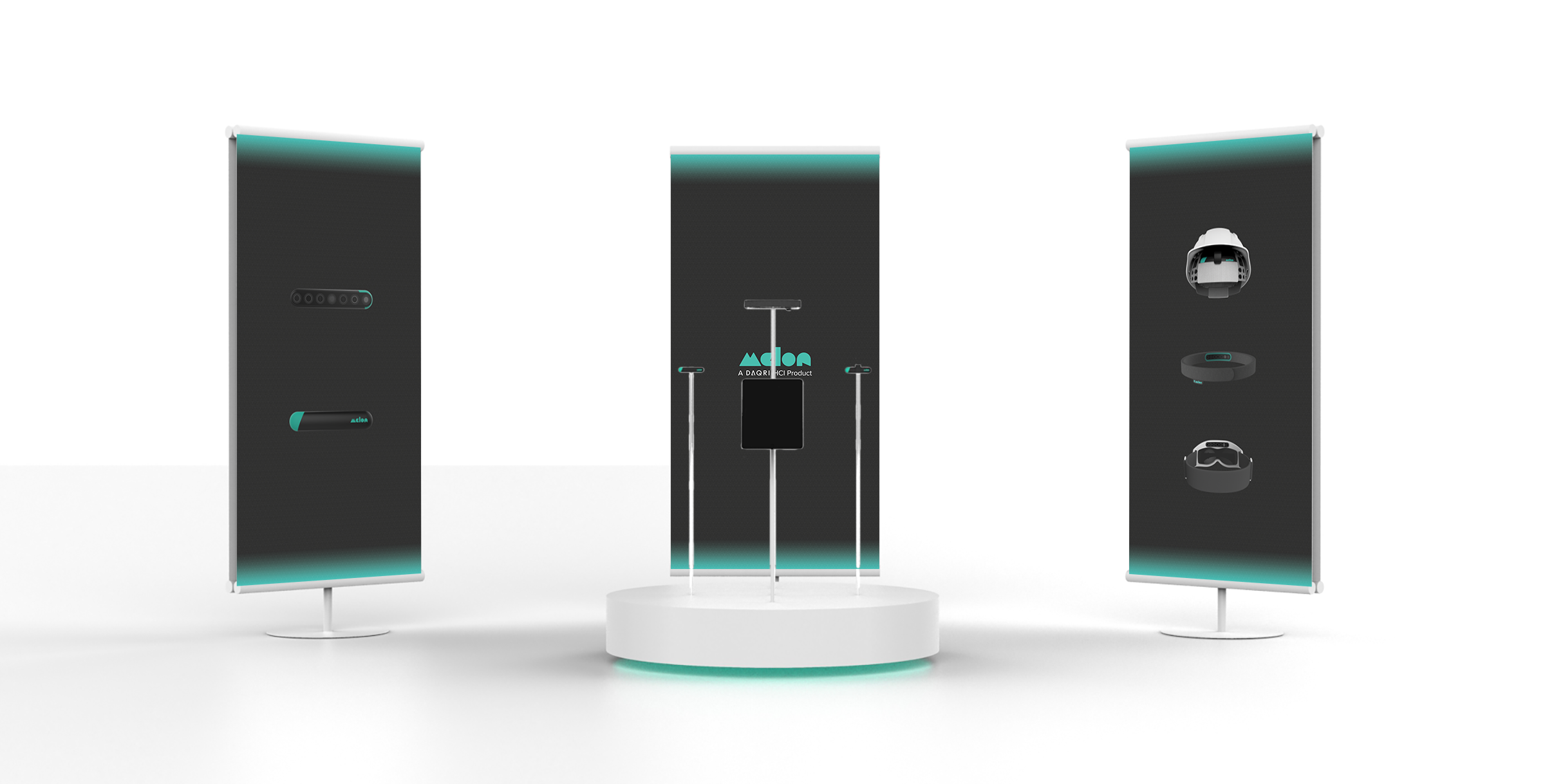
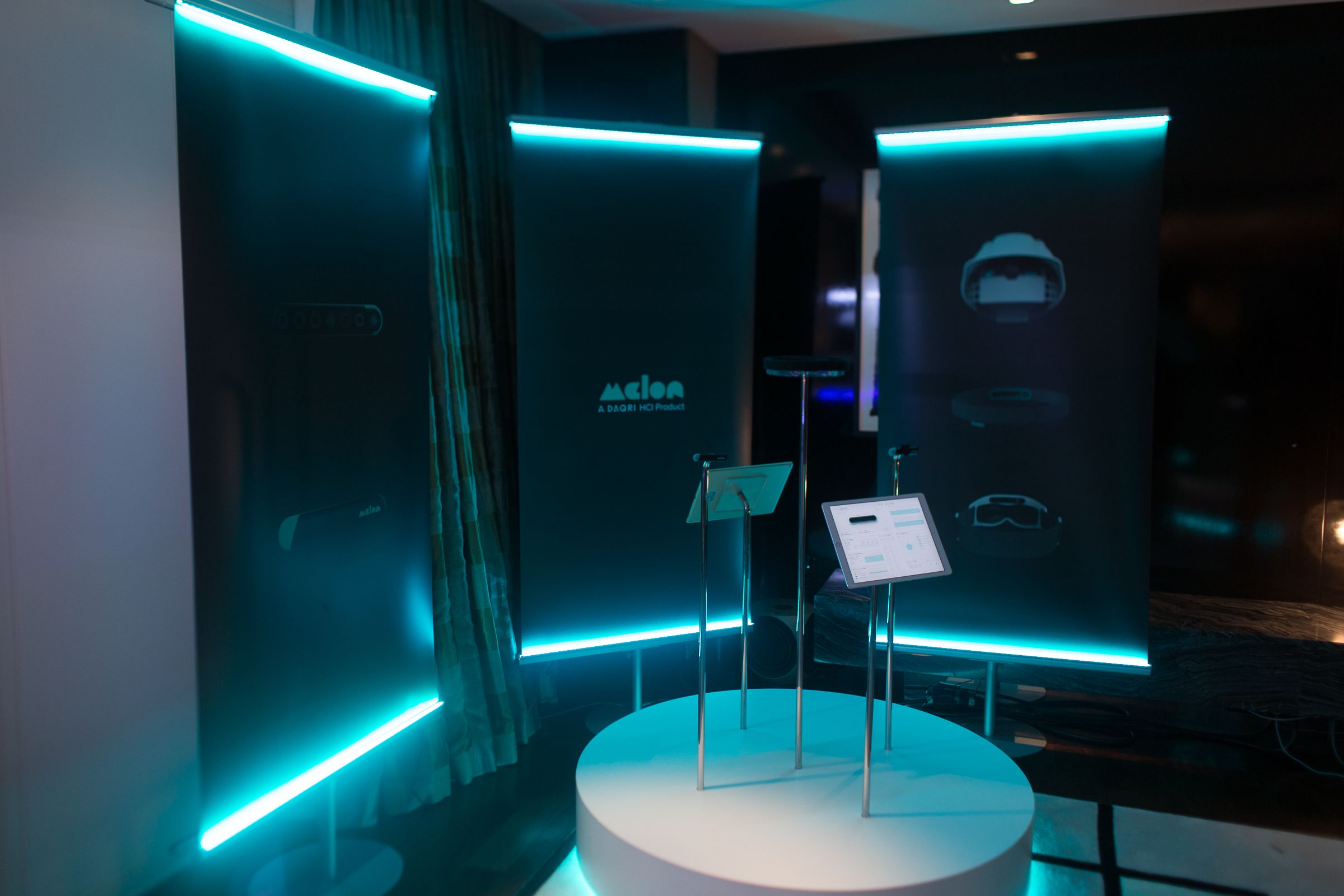

We succeeded in creating excitement at the closed-door event, but the project was ultimately absorbed by the larger company, which in turn shut down a year later.
